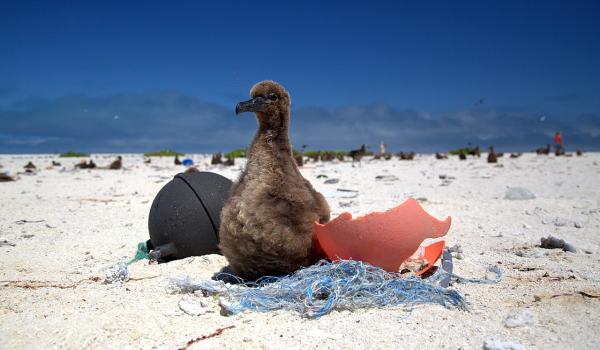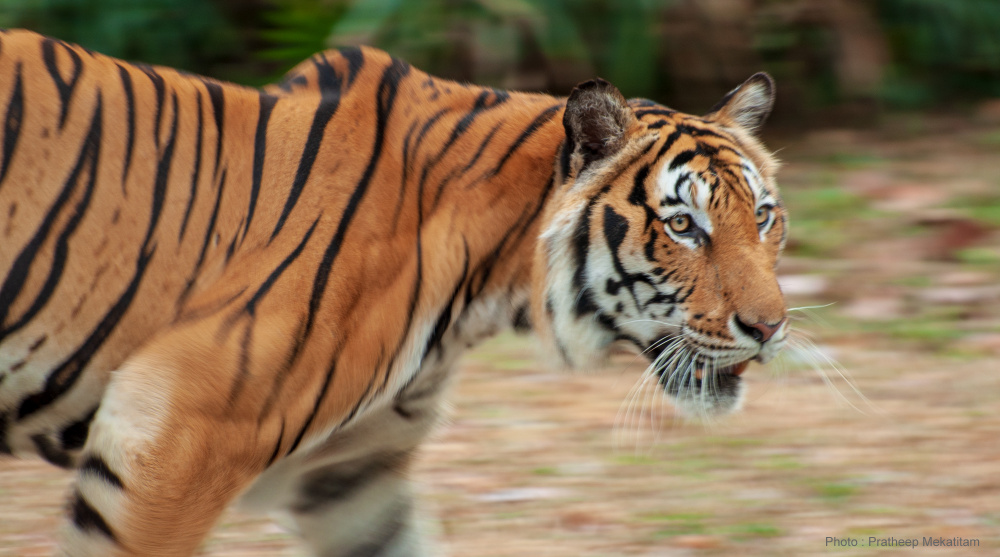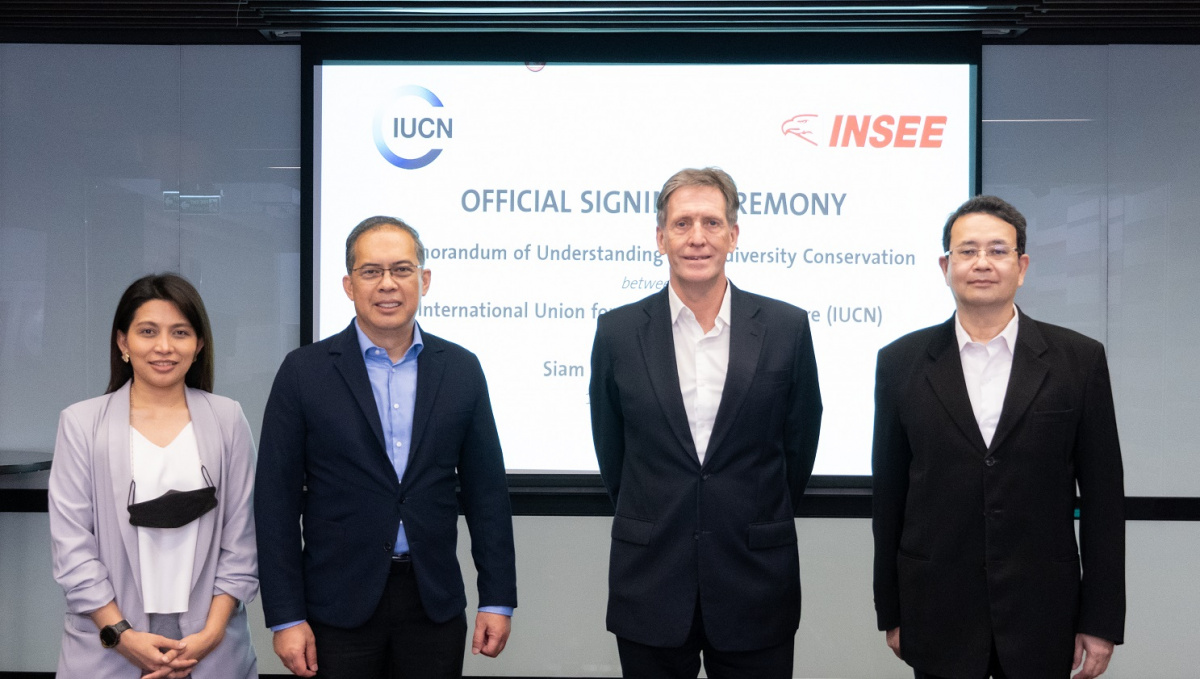Asia Protected Areas Partnership gathers pace as Steering Committee meets in Bangkok
“APAP has made tremendous progress. It has greatly expanded its membership, and is now becoming truly regional in scope; it has a clearer identity and a much higher profile; and most importantly, it has started to fulfil its vision of being a platform for sharing best practices in protected area management."
The above quote by Dr Scott Perkin (Head, Natural Resources Group, IUCN Asia) at the recent meeting of the Asia Protected Areas Partnership (APAP) summarises APAP’s achievements over the last year. Held in Bangkok from 14-15 July 2016, the annual Steering Committee was attended by representatives from APAP member countries and several international organisations, with the aim of assessing the Partnership’s achievements and discussing the way forward.
The purpose of APAP is to facilitate improved conservation outcomes for protected areas in Asia, in accordance with the Sendai Charter and in support of national and regional efforts to implement the Strategic Plan for Biodiversity. Over the past year, APAP has gained substantial momentum and its membership has nearly doubled – from seven in mid-2015 to a total of 12 as of July this year.
During the review of the draft APAP constitution, participants sought clarifications on the types of memberships offered, and reached a consensus that there would be two different types of membership – Country Membership for governmental protected area agencies at national and sub-national levels, and Associate Membership for other institutions (international organisations, donor agencies, NGOs, universities, private sector entities etc.) involved in the management of protected areas and meeting a number of selection criteria.
The meeting also touched on the importance of technical workshops, with Ms Akiko Nishimae, Deputy Director, National Parks Division, Nature Conservation Bureau, Ministry of the Environment, Japan, highlighting the success of the first APAP technical training workshop held last November in Iriomote-Ishigaki National Park, Japan. Ms Nishimae also proposed to organise the second APAP technical training workshop in September or early October of 2016 in Mt. Fuji National Park. The workshop aims to highlight Aichi Target 11 - by 2020, at least 17 per cent of terrestrial and inland water areas and 10 per cent of coastal and marine areas, are conserved and integrated into the wider landscape and seascape - and to focus on the quality of protected areas management. Among other issues, it will look at strategies for effective visitor management and the control of invasive alien species.
APAP's communications activities were also in focus at the meeting with IUCN’s Regional Communications Manager, Ann Moey, giving an overview of the APAP website, and presenting four potential logo designs for the Partnership. Revised designs are currently being developed based on member feedback received at the meeting. It is planned that the finalised logo will be officially unveiled at the World Conservation Congress in Hawai’i in September 2016.
Additionally, the Steering Committee had the honour of having Mr Ignace Schops, President of EUROPARC Federation, giving a special presentation on the EUROPARC Federation, Europe’s largest protected area network. Ignace highlighted some of EUROPARCs achievements, including its extensive work on the promotion of sustainable tourism.
“EUROPARC set up the European Charter for Sustainable Tourism in Protected Areas in 1995. Today there are a total of 145 certified areas across 17 countries. The charter takes on a destination approach, where all stakeholders are taken into account and collaborat on the project,” said Mr Schops. “In 2016, a total of US$430 million a year have been invested in those 145 regions, attracting 72 million people. There is also an annual turnover of US$1.1 billion, allowing the money to remain in the region.”
The APAP Steering Committee also welcomed new members Bhutan, Cambodia, India and Myanmar, with Ambassador Masahiko Horie, IUCN Regional Councillor for South and East Asia and Professor Yoshitaka Kumagai, Regional Vice Chair, East Asia for IUCN's World Commission on Protected Areas presenting representatives from these countries with their membership certificate.
Ms Aban Marker Kabraji, Regional Director for IUCN Asia, concluded the meeting by commenting on the progress APAP has made. She said, “APAP has given its members the unique opportunity to share best practices and innovative solutions to the challenges facing the region's protected area. With other countries expressing their interest in joining the Partnership, there is certainly tremendous potential for collaborative activities in the future.”
Asia Protected Areas Partnership has been designed as a key platform to help governments and other stakeholders collaborate for more effective management of protected areas in the region. The partnership was initiated in 2013 at the first-ever Asia Parks Congress held in Japan, and formally launched the following year at the IUCN World Parks Congress in Australia. It is chaired by IUCN, International Union for Conservation of Nature, and co-chaired by an APAP member organisation on a rotational basis, beginning with the Ministry of the Environment, Japan.








